Effect of SO2 dosing on chemistry, sensory, and microbiology of barrel fermented Chardonnay (2020)
Kirsty Harmon
Blenheim Vineyards
Summary
Previous WRE studies in 2018 and 2019 have found chemical, sensory, and microbial advantages to adding a relatively high initial dose of SO2 after the completion of malolactic fermentation in Virginia red wines. In the present study, a similar comparison was made for aging white wines after post-fermentation SO2 doses of 75 ppm and 100 ppm. Lower doses were more likely to lead to wines aging below a target of 0.5 ppm molecular SO2 and, in some cases, below an antioxidant target of 20 ppm free SO2. Higher initial SO2 doses also led to lower numbers of acetic acid bacteria. Wines were not significantly different in a triangle test, indicating there was no discernable penalty to higher SO2 use.
Introduction
Sulfur dioxide is a traditional, inexpensive additive used widely at many different stages of modern wine making to combat oxidation and microbial spoilage. Despite all that is known about the chemistry and interactions of SO2 in wine, many practical questions remain for winemakers. In a series of experiments beginning in 2018, Kirsty Harmon from Blenheim Vineyards has been exploring the effects of adding low (30 ppm), high (75 ppm), and very high (100 ppm) levels of SO2 post malolactic fermentation in red wines. The purpose of this study was to extend this exploration to the post-fermentation treatment of barrel fermented Chardonnay.
In 2018, a single lot of Cabernet Franc wine was divided into six treatments with varying barrel age (new vs. neutral), initial dose (30 ppm vs. 75 ppm) and timing of SO2 addition (4 vs. 19 days after completion of malolactic fermentation). The free and total SO2, SO2 addition rates, volatile acidity and microbiological evolution were reported. The high initial dose led to higher total sulfur in each case. However, wines that received a high initial dose were also closer to the target of 0.5 mg/L target molecular SO2 for a higher proportion of the aging period. Wines receiving high initial doses had lower overall accumulation of acetic acid during aging. New barrels had lower free SO2 than their neutral counterparts on the same SO2 schedule. They accumulated higher amounts of acetic acid and had high microbial populations of Pediococcusand acetic acid bacteria. Delaying SO2 addition by two weeks decreased total sulfur levels for both high and low dose wines. These wines has higher acetic acid initially, but experienced very little acetic acid accumulation during aging. Of all the wines, the high, delayed dose was closest to the target SO2 during aging. Though these wines were distinguishable from one another during sensory analysis, there was no significant preference for one wine over the other and no consistent trend in the differences (color, astringency, fruit or aromatic intensity).
Despite the relatively high rate of 75ppm SO2 addition, none of the barrels in 2018 completed aging at or above the target of 0.5 mg/L molecular SO2 without additions being made. In most cellars, this would mean they would be without adequate antimicrobial protection for several months. In 2019, this work was extended to explore the effect of a high (75ppm) vs. very high (100 ppm) dose of SO2 at the end of malolactic fermentation. Three sets of barrels were treated, with one barrel per set receiving 75 ppm and one barrel receiving 100 ppm. The addition of 100 mg/L SO2 allowed wine to age above a target of 0.5 mg/L without additional dosing during aging while 75 mg/L did not. Acetic acid accumulation during the aging period was low for all of the wines tested in 2019. In both experiments, wines with higher doses of SO2 had higher anthocyanin concentration but this did not translate to clear trends in color intensity (by optical measures or sensory analysis) across vintages. In 5 of 6 sets compared over both vintages, tannins were higher in the wine with lower SO2 doses.. The exceptional set was the new barrels, which may have contributed tannins of their own. Most notably, in the 2019 study, wines treated with 100ppm SO2 were given significantly higher scores for aromatic intensity and nearly significantly higher scores for fruit intensity and overall wine quality when compared to wines treated with 75 ppm SO2.
Taken as a whole, these studies indicate a single high rate of SO2 addition at the completion of fermentation may be better at protecting wine from oxidation and microbial attack as well as preserving aromas. It may also be a less labor intensive strategy than multiple small additions for cellars with limited workers or in times when staff are not able to access the winery. No negative sensory effects were reported for higher doses in either study. Both of the previous studies were on aging red wines. In the present study, a similar comparison was made for aging white wines. Several considerations may be different for white wines than red wines. White wines generally have lower pH, and therefore can achieve a higher rate of molecular SO2 with lower free SO2 levels, somewhat diminishing risks of microbiological spoilage. Aging of white wines does not include concerns about anthocyanins, color, or tannin evolution, however, lack of tannins leads to more concern about oxidation and preservation of oxygen-sensitive aroma compounds. White wines also tend to be more delicate in their aromatics, leading to concerns about the perception of sulfites at higher levels. In this study, two separate lots of Chardonnay were designated for study, with one set of comparable barrels per lot. In each, one barrel received 75 ppm SO2 at the completion of alcoholic fermentation while the other received 100ppm SO2.
Methods
Grapes were whole cluster pressed up to 1.4 bar with the addition of 50 mg/L SO2. During cold settling, 0.3 g/L bentonite was added to the juice to aid settling. When clear, juice was racked off bentonite and lees into a separate tank for chaptalization (18.5 g/L sugar for Seaview Chardonnay, and 20.6 g/L of sugar for Blenheim Chardonnay). After additions were fully dissolved, juice was transferred to oak barrels for fermentation. There were two barrels from the same cooper and year for each lot, one for each treatment. Juice was allowed to warm to approximately 50°F in barrel before inoculation with 0.089 g/L EC1118 yeast. Fermentation was monitored daily for each barrel. Sulfur dioxide was added 14 days after the completion of alcoholic fermentation (glucose/fructose <1.0 g/L by enzymatic analysis). For each lot, one barrel received 75 mg/L SO2 while the other barrel received 100 ppm SO2 using Effergran granulates (Enartis). Wine was aged on lees without stirring or racking. Samples were taken for the detection of microbes after five months of aging. SO2 was monitored in-house and maintained at a target molecular SO2 of 0.5 mg/L.
Modified sensory analysis was completed on these experimental wines. Due to social distancing restrictions at the time of COVID-19, wines were shipped to 40 panelists (all wine producers) in randomly numbered sample bottles. For each vineyard lot, tasters were presented with three wines, two of one type and one of another, and asked to identify which wine was different (a triangle test). There were four tasting groups with the unique wine in the triangle test balanced between groups. Tasters were then asked to score each wine on a scale of 0 to 10 for aromatic intensity, Chardonnay varietal character, volume/body, and perception to sulfur dioxide. They were also given open ended questions to describe the wines. Results for the triangle test were analyzed using a one-tailed Z test. Descriptive scores were analyzed using repeated measures ANOVA.
Results
The 2020 vintage was marked by low Brix accumulation coupled with relatively high pH values, as seen in Table 1. Fermentation proceeded steadily without difficulties in both treatments and both lots (Figure 1). Wine chemistry taken 2 months (Dec 11) and 5 months (March 23) after the initial addition of SO2 is very similar between barrels in the same lot, with low volatile acidity in all treatments (Table 2). In January, both treatments from the Seaview Vineyard were aging at or above the target of 0.5 mg/L molecular SO2 (Table 3, Figure 2) at that time, so no addition was made. The wine that received 75 mg/L, however, lost a considerable amount of free SO2 during aging, and likely spent the intervening months below the target (Figure 2). After a small addition of 10 mg/L in January, the Blenheim Vineyards Chardonnay that received an initial dose of 100 mg/L was also above 0.5 mg/L molecular SO2 in April. Even with an addition of 30 mg/L, the Blenheim Chardonnay that received 75 mg/L did not meet the target at either sampling event. A free SO2 level of 20 or above is generally thought to convey antioxidant protection in white wines (Appendix A). The Seaview Vineyard Chardonnays were both above this benchmark in January, but the wine that received 75 mg/L initial SO2 fell below it before testing in April (Figure 2). An initial addition of 75 mg/L SO2 to the Blenheim Chardonnay did not result in 20 mg/L free SO2 initially, however this benchmark was likely reached with the additional 30 mg/L added in January.
Molecular SO2 level determines the antimicrobial effectiveness of SO2 in a wine. After five months, the microbial population in suspension in the barrels was measured (Table 4, Figure 3). Small differences in microbial population are often negligible in terms of overall effect on the wine. An order of magnitude difference, however, is notable. Wine in barrels that received 100 ppm had 5-10 times fewer acetic acid bacteria than those that received 75 ppm SO2. Brettanomyces populations were low overall but were roughly halved by higher SO2 additions.
In a triangle test, 11 out of 25 respondents were able to distinguish the Seaview wines, indicating the wines were not significantly different (Z=0.92, p=0.18). Among those who were able to distinguish the wines, there were no significant differences in scores for aromatic intensity (F=1.48, p=0.28), Chardonnay varietal character (F=0.476, p=0.50), volume/body (F=0.34, p=0.57), or perception of sulfur dioxide (F=0.96, p=0.34). Only 22 respondents scored the Blenheim wines. In a triangle test, 9 out of 22 respondents were able to distinguish the Seaview wines, indicating the wines were not significantly different (Z=0.53, p=0.30). There were not enough correct answers to make descriptive scores statistically meaningful for these wines (Table 5).
Table 1: Initial juice and wine metrics for two lots of Chardonnay (in-house data)

Figure 1: Fermentation kinetics for two lots of Chardonnay (in-house data)
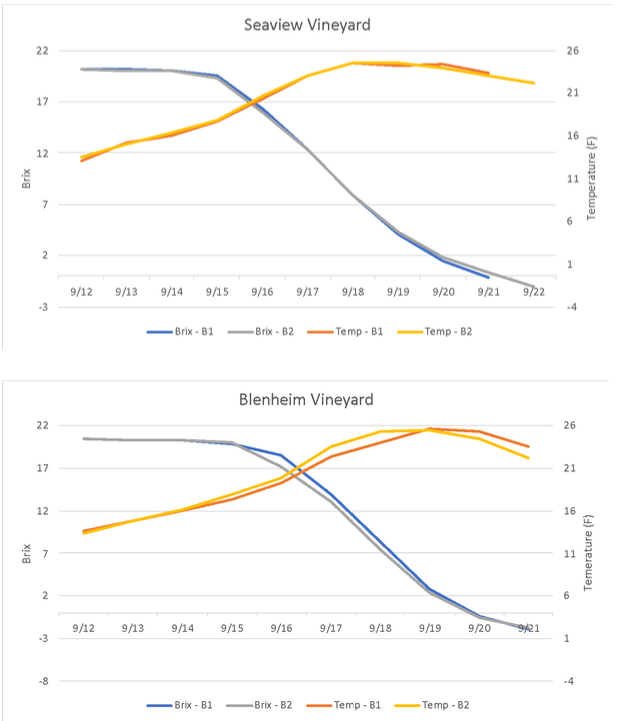
Table 2: Wine chemistry for two treatments of two lots of Chardonnay (ICV Labs)
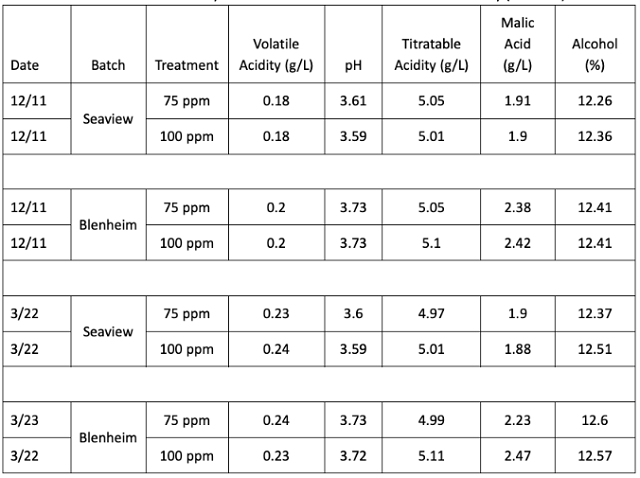
Table 3: SO2 chemistry (mg/L) for two treatments of two lots of Chardonnay (in-house data, ICV labs)
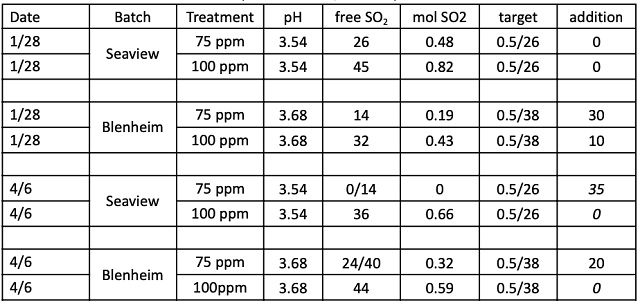
Figure 2: SO2 chemistry over time for two treatments of two lots of Chardonnay
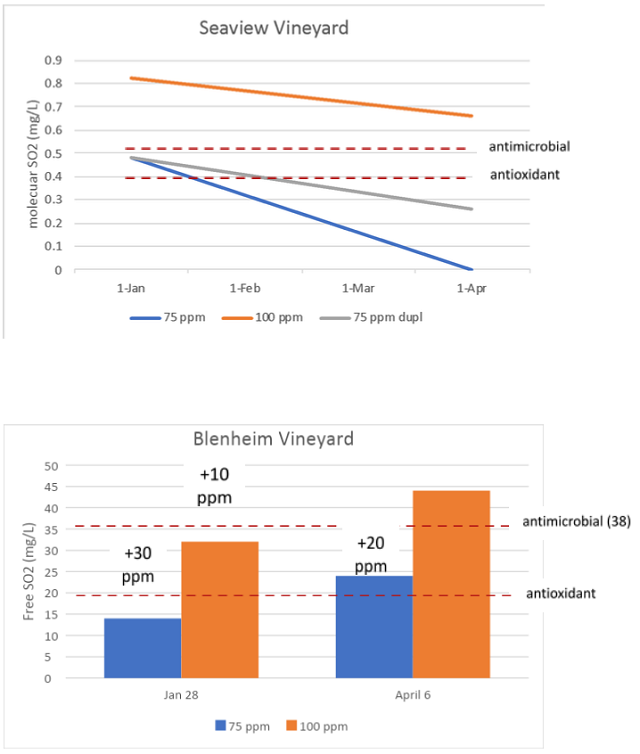
Table 4: Microbial population in two treatments of two lots of Chardonnay after five months (ETS labs)

Figure 3: Microbial population in two treatments of two lots of Chardonnay after five months (ETS labs)
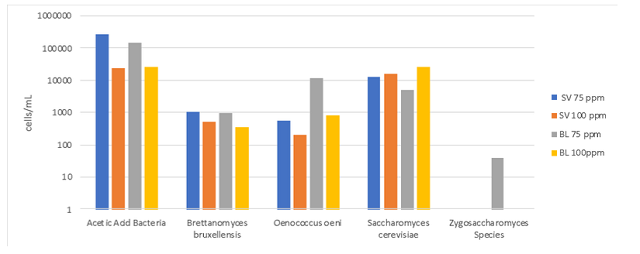
Table 5: Statistical analysis for descriptive scores from blind sensory analysis of Chardonnay

Appendix A: Compilation of SO2 recommendations (with separate reference list)
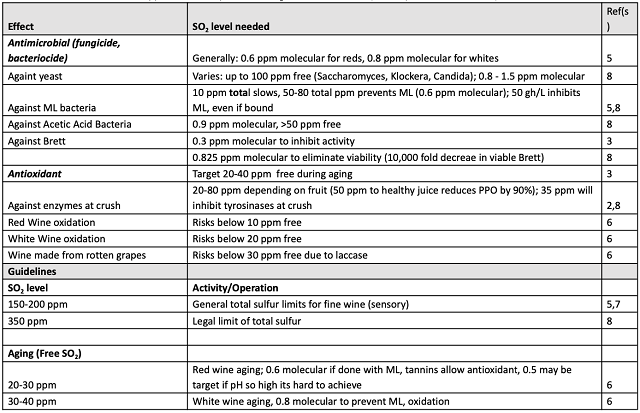
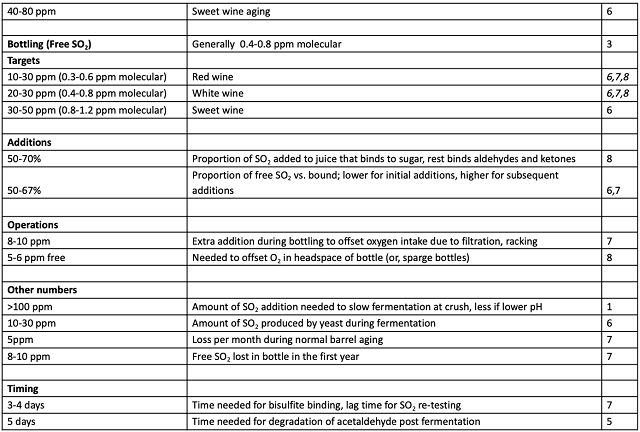
Appendix 1 References
1. Bokulich, Nicholas A., Michael Swadener, Koichi Sakamoto, David A. Mills, and Linda F. Bisson. “Sulfur Dioxide Treatment Alters Wine Microbial Diversity and Fermentation Progression in a Dose-Dependent Fashion.” American Journal of Enology and Viticulture 66, no. 1 (February 1, 2015): 73–79. https://doi.org/10.5344/ajev.2014.14096.
2. Boulton, Roger, Vernon L. Singleton, Linda F Bisson, and R.E. Kunkee. Principles and Practices in Winemaking. New York: Chapman and Hall, Inc, 1996.
3. Cojocaru, George, and Oana Antoce. “Chemical and Biochemical Mechanisms of Preservatives Used in Wine: A Review.” Sci. Pap. Ser. B: Hortic. 56 (November 24, 2015): 457–66.
4 Jackowetz, Nick, Erhu Li, and Ramón Mira de Orduña. “Sulphur Dioxide Content of Wines: The Role of Winemaking and Carbonyl Compounds.” Appellation Cornell 3 (2011): 1–7.
5. Margalit, Yair. Concepts in Wine Chemistry. 3rd ed. San Francisco, California: The Wine Appreciation Guild LTD, 2012.
6. Ribereau-Gayon, Pascal, Denis Dubourdieu, Bernard Doneche, and Aline Lonvaud. Handbook of Enology Volume 1: The Microbiology of Wine and Vinifications. 2nd ed. West Sussex, England: John Wiley & Sons, 2006.
7. Stamp, Chris. “How Much SO2 to Add and When.” Wines and Vines, May 2011. 8. Zoecklein, Dr Bruce. “Sulfur Dioxide (SO2).” Enology Notes Downloads (n.d.): 16.
